A radon alarm is very important in the home. Sometimes, it can either malfunction and give off an unending loud beeping sound or stop working completely. If you are having problems with your radon alarm or you're looking for a way to turn it off, we have done proper research and consulted experts to give you every information to need to know.
A radon alarm should not be turned off, but when the radon warning is sounding, there is a button that you can press to either mute or reactivate this alarm. To also reset it, remove the battery, open the front cover, and then push and hold the test button until the alarm stops ringing.
There are four lights on the radon alarm that perform different functions: green, red, yellow, and blue. Want to know more about radon alarms? Keep reading because we have detailed information on everything you should know.
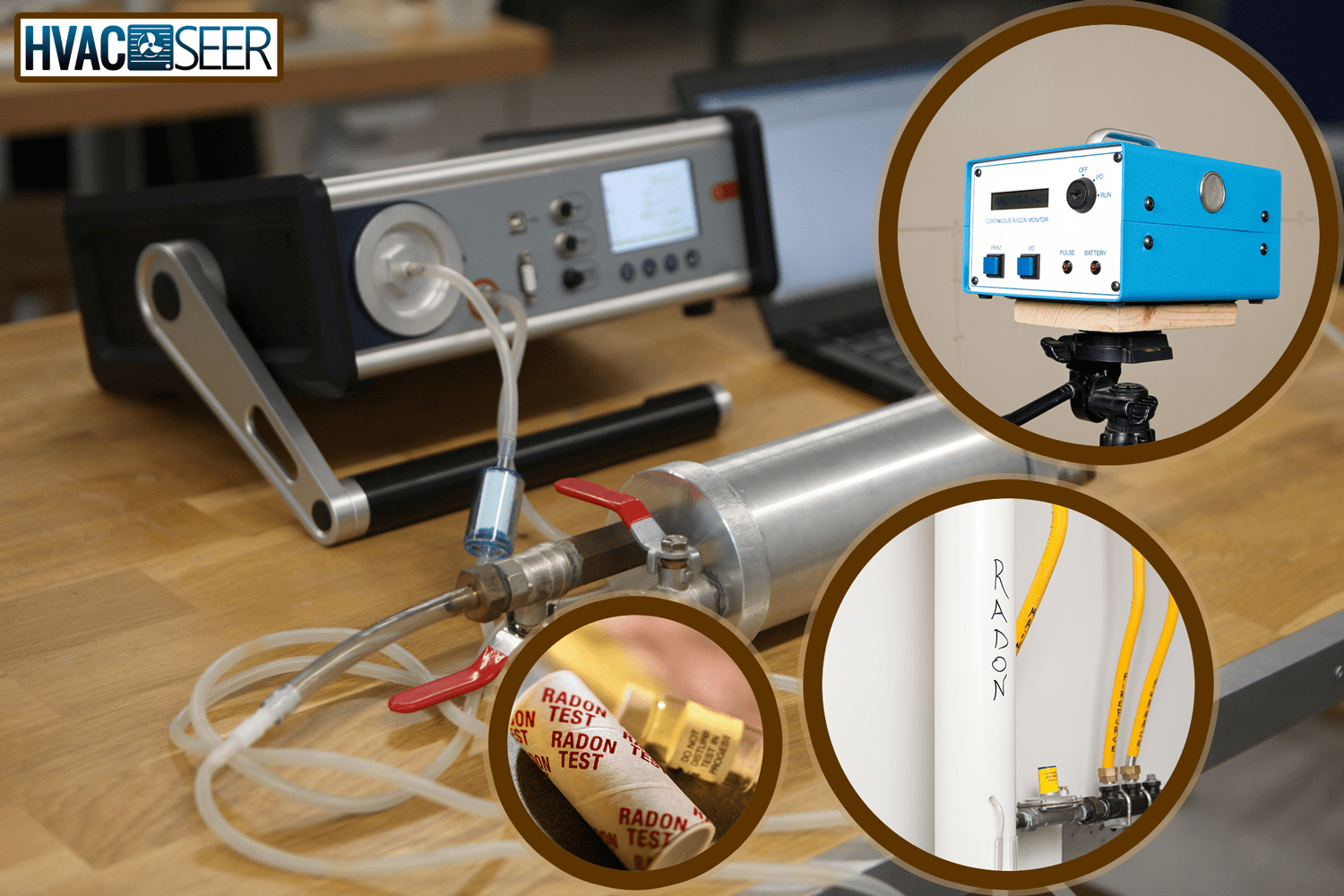
What Is A Radon Alarm? [How Does It Work]
When radioactive elements such as uranium, thorium, or radium decay in rocks, soil, or groundwater, radon, a radioactive gas, is naturally produced. While radon doesn't immediately endanger lives the way a fire or carbon monoxide might, it can cause lung cancer over time.
People can be exposed to radon largely by breathing radon-contaminated air that enters homes and buildings through cracks and openings. Radon alarms are devices installed in homes to let homeowners know when radon levels in their homes have exceeded the action limit.
There are devices manufactured by different companies to detect radon. A vacuum monitoring device using pressure sensors is called the Radon System Alarm. When the vacuum pressure in the radon system is too low, not enough air is moving to effectively remove radon, and the radon alarm delivers an auditory and visual indicator.
An audio alert will sound in your house if the short-term or long-term values are 4.0 pCi/L or greater. When the radon warning is sounding, there is a button that you can press to either mute or reactivate this alarm.
Radon alarms have four lights on the front.
- The green light indicates that the unit is operating, sensing the vacuum, and is functioning appropriately.
- The yellow light indicates that a new fan alarm battery is required.
- When the blue light flashes, it means the alarm is in servicing mode.
- The flashing red lights are a sign that the alarm isn't detecting any pressure.
Functions and Uses Of A Radon Alarm
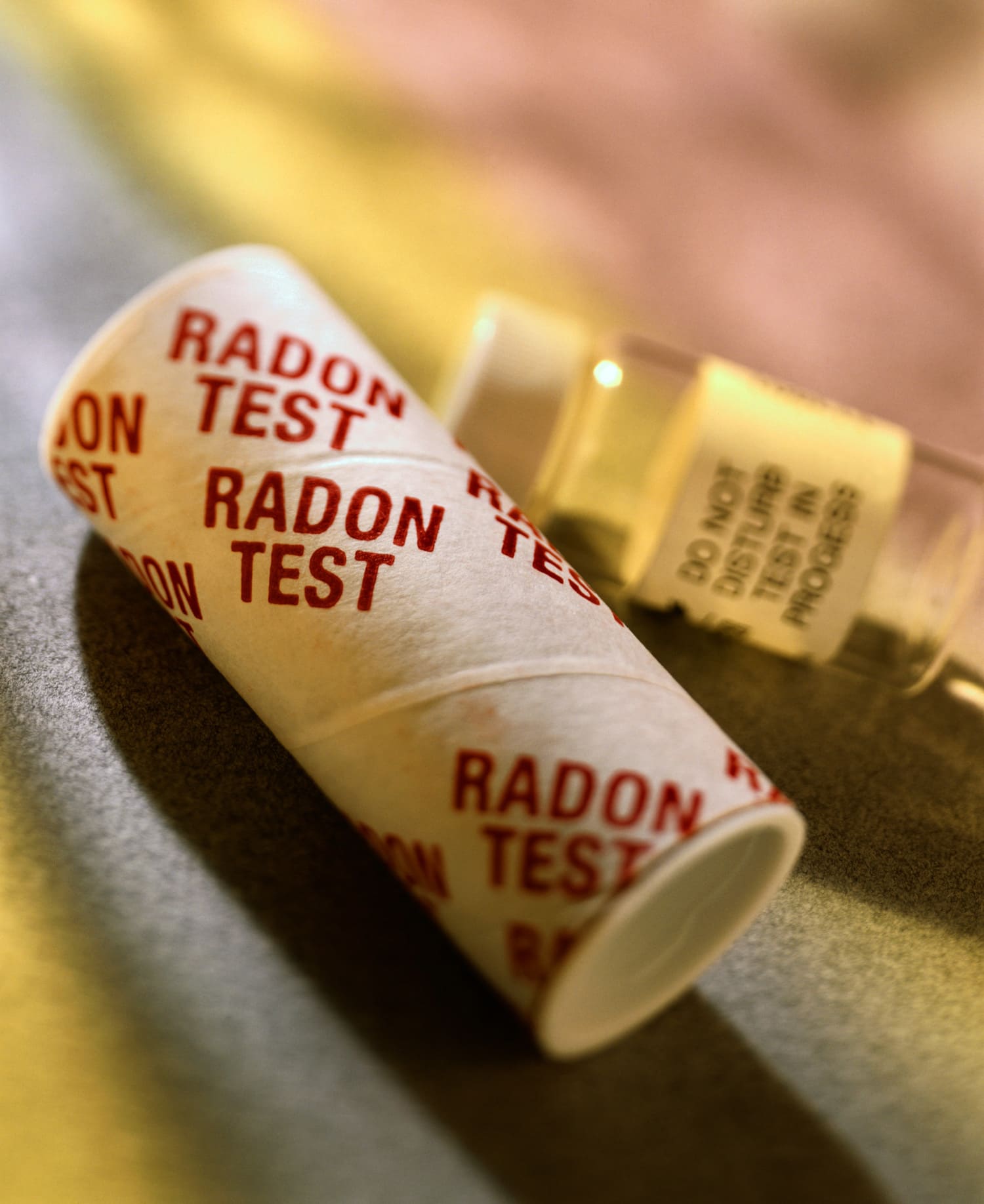
When decayed, the natural stone containing uranium creates an extremely hazardous radioactive gas known as radon. The radioactive metal atoms that result from the decay are easily breathed and can lead to diseases like lung cancer or harm the cells in the respiratory tract.
Only radon alarms can detect the presence of radon gas, which is present in all fifty US states. Even though harmful radon exposure is more prevalent in the Northern, Midwestern, and Southwestern regions, depending on where your property is located, radon levels may reach hazardous levels in any state.
Radon alarms are just as crucial to your safety and wellbeing as standard smoke detectors or combustible gas detectors. It is a good idea to have the property radon tested before moving into a new house. If so, remedial measures should be conducted, and a radon detector should be fitted.
Why Is My Radon Detector Beeping?
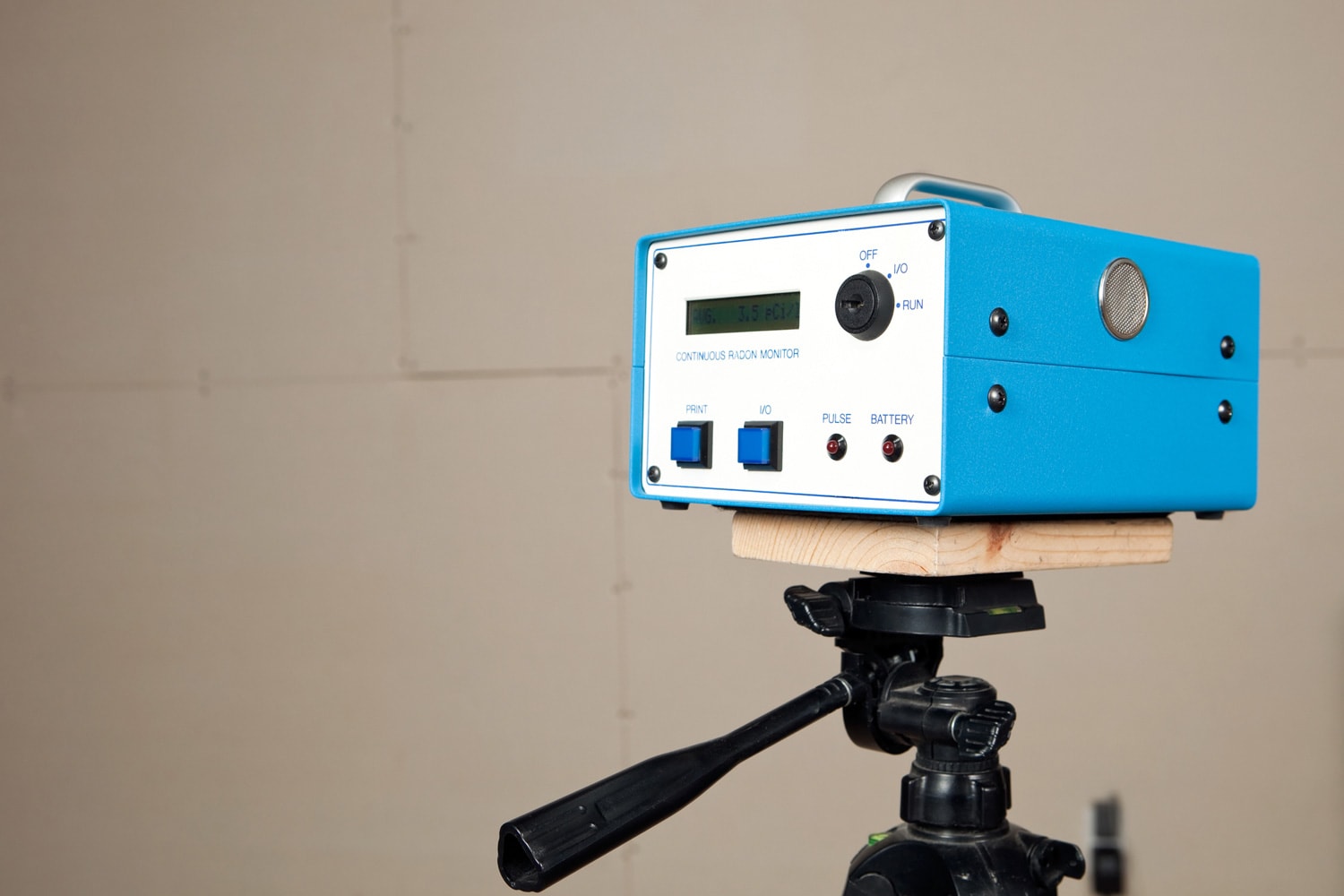
Fans for radon detectors are propelled by motorized impellers that have been water-hardened for water resistance and are suitable for outdoor use.
You might occasionally hear it making noise, nevertheless. The bearings in the fan start to wear down, which makes the motion squeaky and increases noise. This is primarily caused by normal wear and tear resulting from the radon mitigation fan running constantly.
The system's most important component is the radon detector fan. The moment your fan stops functioning, it needs to be replaced. A professional capable of identifying and resolving issues with your system should inspect it to see if it is producing noises.
The pros recommend that you replace your radon detector fan when it needs replacing with one that has at least the same pressure capability and flow.
How To Turn Off A Random Alarm
If you wave your hand over the monitor, you will silence the radon detector's alert for 30 days. To save battery, if the alarm has sounded every 15 minutes for 24 hours, it will also automatically snooze itself.
The alert will ring every 15 minutes for 24 hours, one day a month, if your monitor is placed in a location where no one will wave at it, and the levels are high. Even though the radon alarm is a fantastic tool for alerting you to your radon levels, it is recommended to sync your monitor to keep track of your radon levels.
Nonetheless, you can turn off the alarm entirely in the device settings. The "HUSH" button is located on the front of the fan alarm.
For seven days, the sound is silenced, but the visual lights continue to function as intended. When the alarm clock reaches seven days, it returns to sensing mode, alarm mode with sound, or service mode.
How Do I Know If My Radon Detector Is Working?
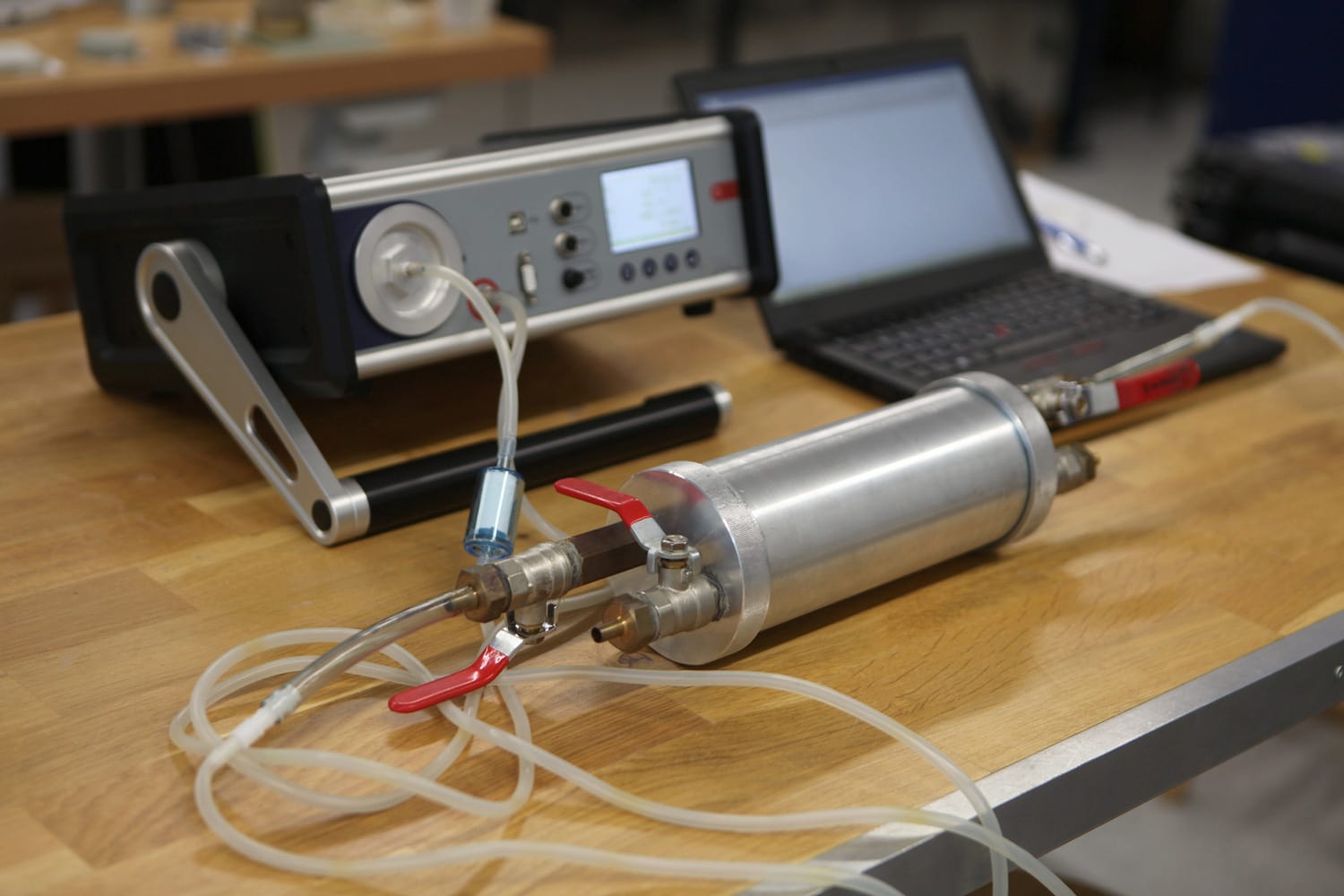
If the u-tube manometer indicates that there is pressure in the pipe, your radon system is likely operating as it should. Evenly distributed liquid on both sides indicates no pressure and no suction coming from the fan.
If so, the radon detector system is not vacuuming up the radon gas from the earth beneath the house, which means it is not getting rid of the gas from your home.
You should contact a licensed radon detector specialist to have your system checked if you notice there is no pressure in your u-tube manometer. A qualified specialist can examine your system and ascertain the cause of any pressure or suction issues. The broken fan likely has to be replaced.
Depending on the model, radon fans are priced differently. A professional contractor will examine the system installation and, using a variety of factors and diagnostic tests, will decide whether or not the fan that has to be replaced is the right fan.
What Are Radon Gas Poisoning Symptoms?
Radon is present everywhere. Even if it's at a low level, you're probably breathing it in every day. You can't tell if you're breathing it in deeply, though. Radon exposure is hazardous because you cannot taste, smell, or see it. Additionally, there won't be any signs to warn you.
Your lungs' cells may become damaged by radon gas, which could result in cancer. Though it often takes 5 to 25 years for symptoms to manifest, hundreds of lung cancer deaths blame radon exposure.
Some symptoms of radon gas poisoning are a recurring cough that does not go away easily. Hoarseness, wheezing, difficulty in breathing, having a bloody cough, pain in the chest, pneumonia, and a decrease in appetite.
How Common Is Radon In Homes?

Radioactive radon gas can enter cracks in your home's walls and flooring, affecting the air quality and your health. Your home's walls, floors, and cracks can all be entry points for radioactive radon gas, which can impact your air quality and health.
All you consider while thinking about pollution may be what you experience outside. But your home's indoor air quality is also important. An increased radon level is one in every 15 households, on average.
Since the gas has no smell, is invisible, and doesn't manifest any symptoms right away, the only method to determine whether your home is affected is to test it specifically.
Will Running A Fan Reduce Radon?
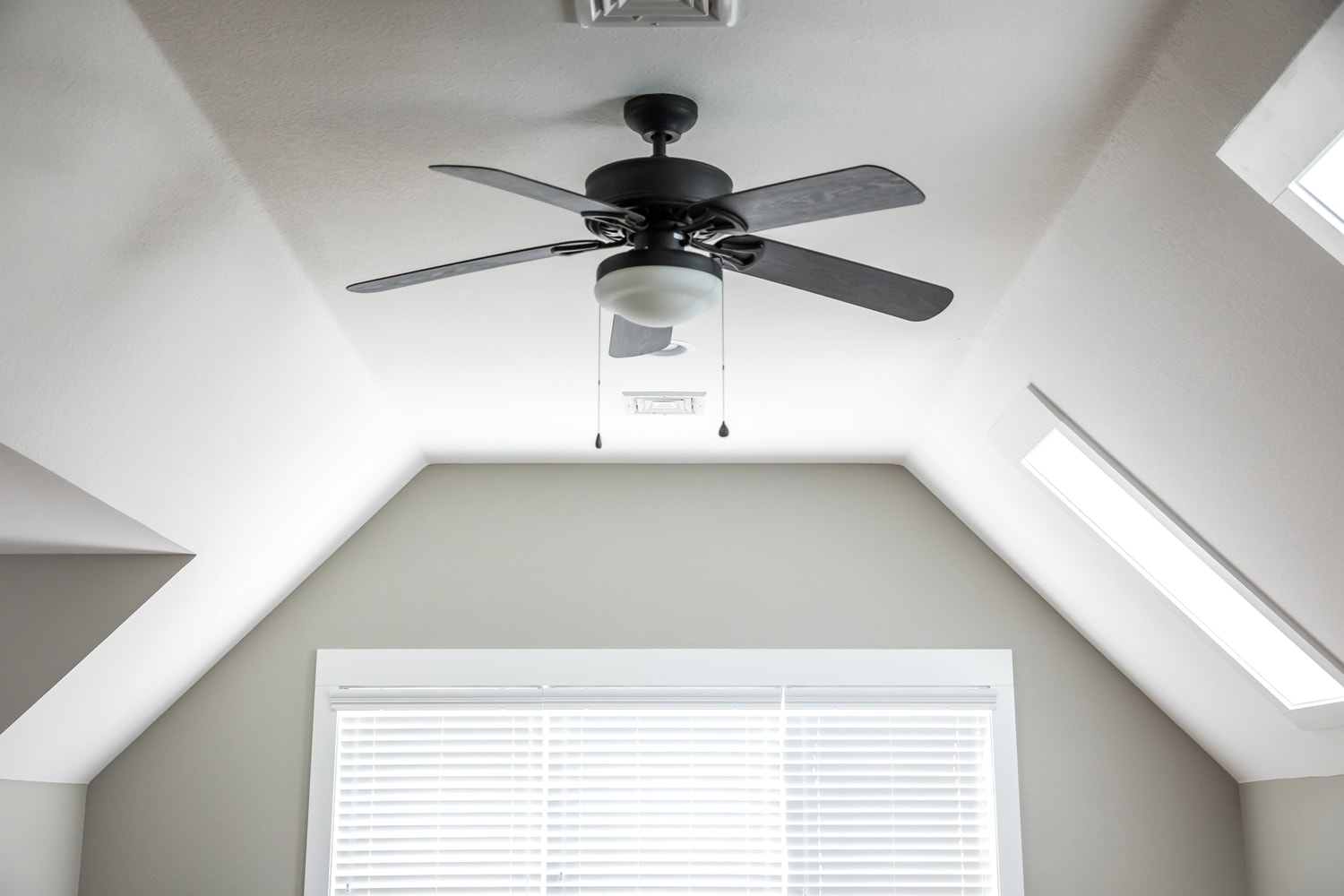
Yes. You can reduce the effect of radon gas poisoning by using ceiling fans. Ceiling fans can lessen radon gas if used in conjunction with positive ion generators. Accomplish this with the plate-out event, which deactivates radioactive particles.
By moving the radon gas throughout the room and causing it to adhere to more surfaces, a ceiling fan lowers radon levels by decreasing the chances that it will be inhaled. The dust particles they bind to may be inhaled, but compared to the 50% chances of unattached radon gas, these particles only have a 3% chance of sticking in the lungs.
When radon levels are low, ceiling fans can significantly help. When the levels reach 14 or above, it is recommended to use depressurization systems. When checking for your home's radon gas level, ensure all doors and windows are closed. It allows the detecting device to operate smoothly.
To Sum Up
Radon gases are very poisonous gases that cause lung cancer. They are invisible, and the symptoms only appear after a long time which makes them quite dangerous. To avoid getting infected, always have a specialist install radon detecting devices to check its level in your home.
To learn more about gases in homes, we recommend these articles:
